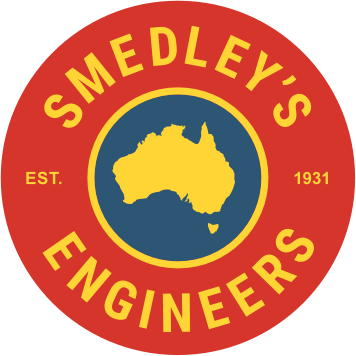After completing his engineering degree, Scott was ready to put his skills to use in the real world. “A job came up that looked okay on paper, so I applied and that’s how I came into the road transport industry.”
That first job was at Roaduser Research, a consultancy business set up by Dr Peter Sweatman, who Scott credits as a major inspiration. “I learned a lot from him. We did some great work, with lots of variety. The scientific rigour he brought to the table was second to none. I still regard him as one of the best transport research scientists in the world.”
During his time at Roaduser Research, Scott worked on various projects. “I did a lot of work that helped set the foundations for what was to become the Performance-Based Standards (PBS) rationale. I developed a lot of computer simulation models of road trains. I benchmarked how they would operate on the road, and then started pushing to get bigger vehicles on the road. The precursor to PBS was allowing longer vehicles on the road,” Scott says.
Among these higher productivity vehicles was the innovative 3B, developed in the mid 1990s. It consisted of three B-double trailer sets connected via tri-axle converter dollies, and operated from a mine in the Northern Territory. “We got that on the road and approved,” Scott proudly recalls. “It was the biggest road train at the time – 55 metres long, with a gross vehicle mass of 205 tonnes. The impact of the 3B was that it showed it was possible to computer simulate the performance of a vehicle, then build it and get it operating in a safe manner. It proved that bigger road trains and higher productivity vehicles was the way forward.”
Scott went on to work as Head of Engineering at Hendrickson, where he was involved in the design of road friendly axles and suspensions for mining equipment. He also regularly travelled to Japanese truck OEMs to work with local engineers on the installation of the brand’s suspensions; and spent a great deal of time in China, opening the doors to for better suspension technology for Chinese Truck & Trailer OEMs.
His next move was Powertrans in Brisbane, which produces specialist mining equipment. “Once I was in the transport industry, I decided I wanted to have a go in the mining business,” says Scott. “We built our own equipment, trucks and powered trailers, dealing with extremely large vehicles. There were combinations capable of carrying up to 500 tonnes of payload.”
From there, Scott moved into his current role at leading resource logistics company Bis in Perth, where he has worked as Group Manager – Engineering for the past five years. “Bis is focused heavily on mining. We’ve taken big mining trucks to Indonesia to expand the size of vehicles used there for coal haulage. They were getting payloads of up to 120 tonnes and we went in with a 300-tonne payload road train; so we disrupted the market by being able to supply much larger combinations,” adds Scott.
“We always try to push the envelope and solve problems for our customers, and look for better ways of hauling their products. Though we are more focused towards mining at Bis, I still get involved with anything to do with the transport side too, when it comes to getting bigger vehicles on our roads, taking full advantage of the PBS process.”
This Industry Icon article was first published on trailermag.com.au
